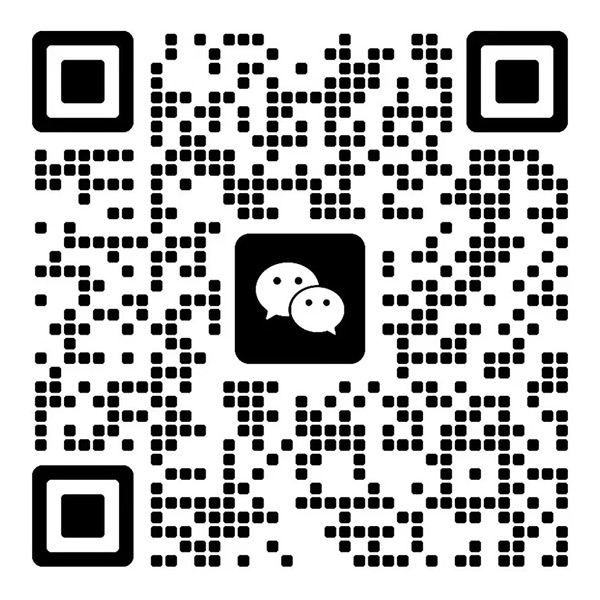
Time:2024-10-14
We know that there are many types of connectors, and each type of connector has its specific parameters. There are also some connectors with different names for their common parameters,
Here are the common names for the 7 connector parameters introduced by the editor;
1. Insulation resistance: mainly understood as the impedance value that the insulator between two terminals on a connector can withstand.
2. Insertion and extraction force: mainly refers to the force required between the male lead of the connector and the female socket of the connector.
3. Polarity: mainly refers to the arrangement of connector terminals and leads, which prohibits the unsuitable coupling of plugs and sockets.
4. Surface electroplating: It mainly refers to the surface electroplating treatment of tin, gold, and bromine that is usually required for the connection hardware of connectors.
5. Spacing: mainly refers to the center distance between two horizontally adjacent plug-in points in the connector product, usually measured in millimeters.
6. Hardware material: mainly refers to the material used for the metal part of the connector. The performance of the hardware material determines the elasticity of the connector contacts, which is the connector
The key factor of quality.
7. Welding conditions: Generally, connector products are soldered to circuit boards for use. With the improvement and popularization of wave soldering technology, the soldering of docking plugs
Higher performance requirements have also been put forward.
The application of electronic connectors is essential in the internal interconnect components of electronic products. Usually distinguished by appearance and connection method, for example:
Board to board, line to board, line to line, etc.
The six common connection methods are as follows:
Separate wires are connected using a single wire or cable for crimping terminals and rubber shell combination.
Twisted pair cable is a cable composed of two small insulated wires wrapped together and covered with an outer sheath. The two wires are usually well insulated, while ordinary telephone cables and
Household wires are all twisted pair wires.
Coaxial cable consists of a smaller diameter copper wire (inner conductor) placed coaxially inside a larger diameter outer conductor, separated and supported by a dielectric body between the two,
They are wrapped with insulation material outside.
A ribbon cable is called a flat cable (ribbon cable), which is composed of a set of parallel conductors covered with insulating material as a whole. Conductors come in two forms, one is circular
Another type of conductor with a cross-section is a flat flexible cable.
Printed circuit board (PCB) is processed by etching on a copper-clad polymer board, and then printed with circuits.
Flat flexible cable (ffc/fpc) is similar to ribbon cable, but the conductor is flat and non-circular, with a rectangular and extremely thin cross-section.

Tel
TOP